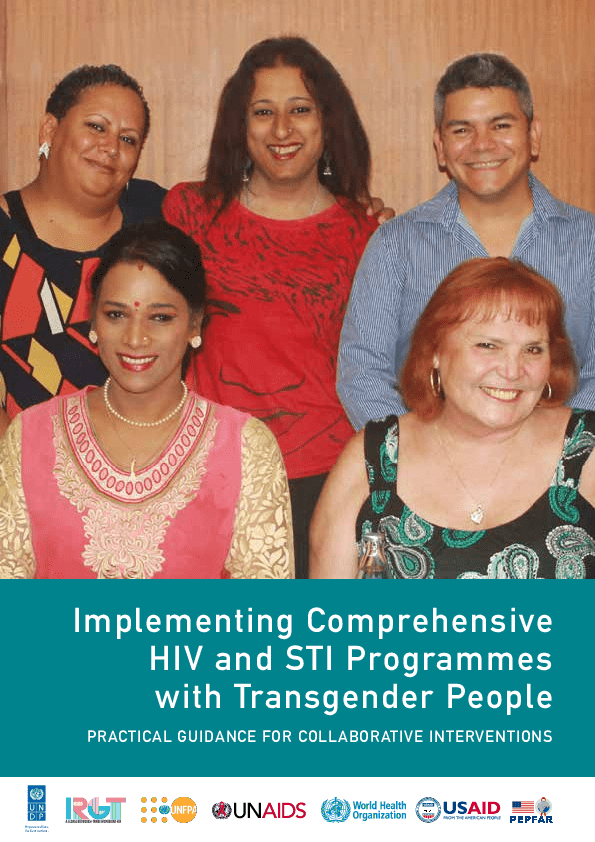The first part of the theme for this year’s World AIDS Day – “End inequalities. End AIDS. End pandemics” – could address a host of the world’s ills.
The world has seen the ways inequality has played out during the COVID-19 pandemic: who contracts the disease, who has access to vaccines and medical care and testing, who can’t work from home or who loses their job because of the pandemic’s effects on the economy, who has an underlying condition that makes them more vulnerable to the coronavirus – the list goes on.
It’s no different for HIV/AIDS, which has been around since the first case was reported in 1981. And while strides have been made – a few countries have reached epidemic control, 26 million of the 38 million people living with HIV can access life-saving antiretroviral therapy – AIDS-related causes claimed nearly 700,000 lives in 2019.
According to UNAids, “The risk of acquiring HIV is 26 times higher among gay men and other men who have sex with men… 30 times higher for sex workers, and 13 times higher for transgender people. Every week, about 4,500 young women aged 15 – 24 years acquire HIV. In sub-Saharan Africa, 5 in 6 new infections among adolescents aged 15 – 19 years are among girls. Young women are twice as likely to be living with HIV than men. Only 53 per cent of children 0 – 14 years who are living with HIV have access to the HIV treatment that will save their lives.”
To tackle social, economic, racial and gender inequities is to tackle HIV/AIDS by expanding access to prevention and treatment for vulnerable groups.
UNFPA has seen how discrimination and stigma can undermine the fight against HIV/AIDS and works to fuel the fight. In Bangladesh, a UNFPA-supported wellness centre reached more than 2,500 transgender and gender-diverse people with HIV prevention and treatment services in 2020; this year, it launched an initiative on HIV self-testing, treatment, care, and support for more than 1,300 third gender individuals. In the Philippines, UNFPA piloted an entrepreneurship programme to help marginalized populations including female sex workers, women living with HIV, transgender women and men who have sex with men. It helped blunt the economic impact of losing sex work during the pandemic but was also meant to help reduce HIV transmission by providing an alternative to transactional sex as a source of income.
Neither pandemic is the last one the world will ever see. But global solidarity toward eliminating inequalities, to granting every person their human right to health, is a better vision than the alternative.



